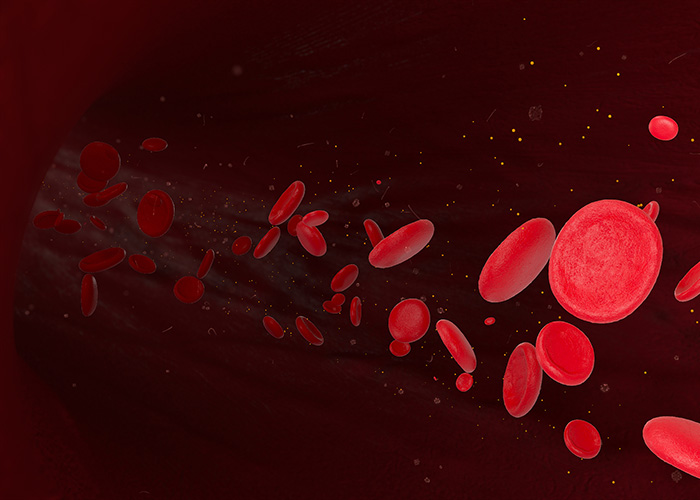
What are Myelodysplastic Syndromes?
Myelodysplastic syndromes (MDS) are a group of disorders characterized by a disruption to blood cell production, resulting in a low blood cell count and leading to symptoms associated with anemia, like fatigue, shortness of breath, and paleness, as well as easy bruising and bleeding, petechiae — or small red dots caused by bleeding — and frequent infections.
MDS happens when the bone marrow produces immature, defective blood cells that die quickly, either in the marrow or the bloodstream, leading to the above symptoms. Different subtypes of MDS affect certain individual types, or combinations, of blood cells: red blood cells, white blood cells, and platelets. Depending on the subtype, certain symptoms may be more prevalent, depending on the functions of the type of cell.
In one-third of patients suffering from MDS, the condition can progress to acute myeloid leukemia (AML), a cancer of the bone marrow, causing medical professionals to consider MDS a type of cancer.
What Causes MDS
MDS disorders as a whole have no commonly known cause, though certain subtypes are commonly caused by specific events. Evidence suggests that people may be genetically predisposed to developing MDS, typically if triggered by an external factor, which in most cases is radiation, chemotherapy, or long-term exposure to tobacco smoke, pesticides, industrial chemicals like benzene, or heavy metals like lead.
Older age also counts as a risk factor in developing MDS. Most patients with a form of MDS are over 60 years old.
The Agent Orange Connection
Despite a strong association between exposure to Agent Orange and development of MDS, the VA does not consider MDS a presumptive disease, so veterans wanting to receive benefits must prove a direct service connection through medical records and service records indicating their exposure.
This doesn’t mean you can’t collect VA disability benefits from MDS. Though the VA has so far refused to add MDS to the Agent Orange presumptive disease list, MDS may still have been brought on by other events connected with your service, especially if you received radiation or chemotherapy to treat one of the many cancers common to service members. If you develop MDS in these instances, it may be considered a secondary condition for which you can collect benefits.
Disability ratings for MDS are 30, 60, or 100, depending on the severity of your condition and the necessary length of treatment. If your condition progress to leukemia, you will be rated based on that condition. Following treatment, your rating will be reviewed after a period of six months.
Get Help With Your Claim
MDS is an often misunderstood condition, and the murkiness of its direct causes is certainly frustrating. But that shouldn’t stop veterans with MDS from seeking disability benefits and healthcare, especially for those exposed to Agent Orange, or who have another strong reason to suspect a service connection for their condition.
If you’re having trouble preparing your claim, need help proving your service connection for MDS, or need help filing an appeal, you can reach us at 844-VET-LAWS or fill out our online form. We are ready to take up your claim for benefits and prove the service connection you need to receive your much-needed benefits.



